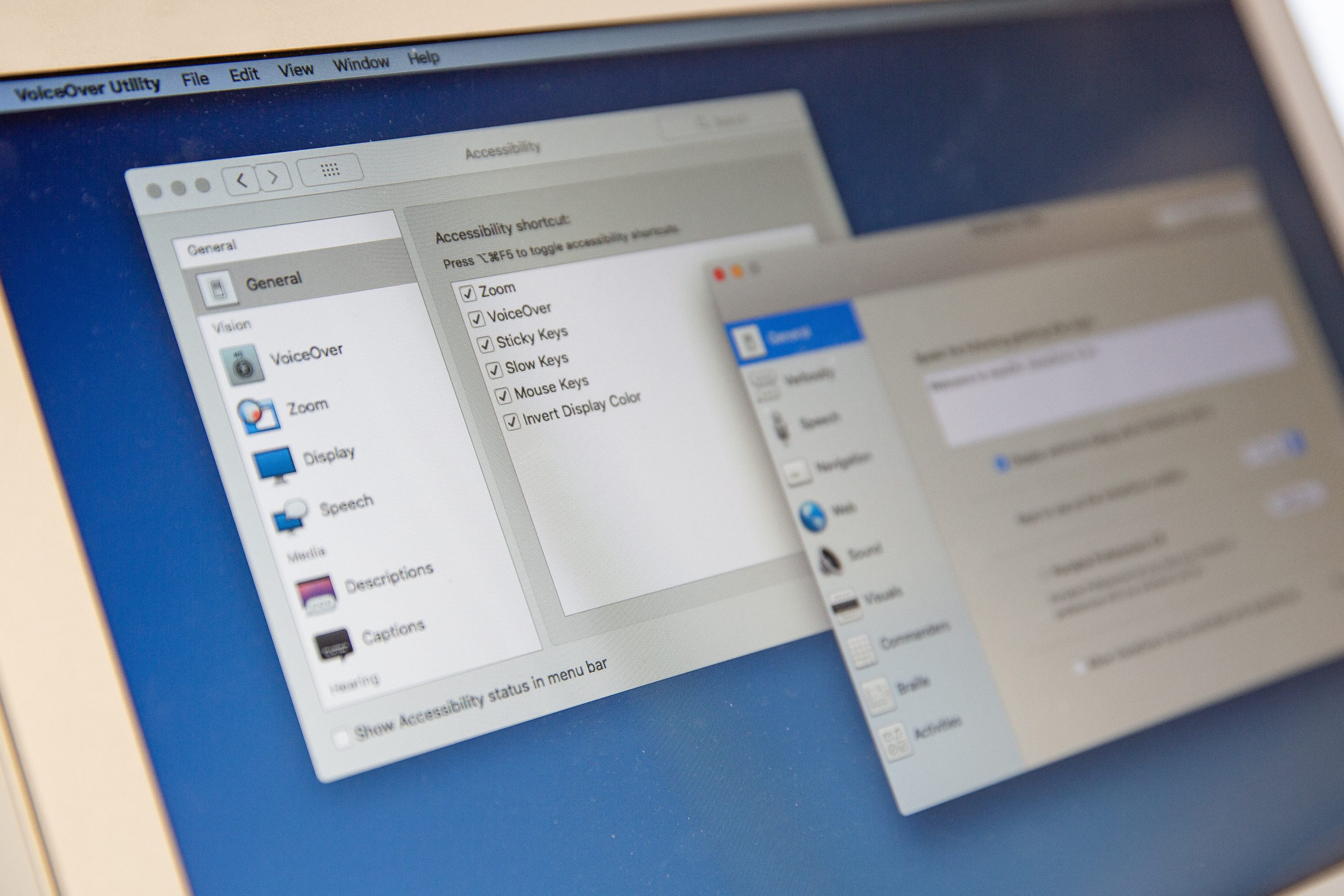

Regarding the question, which browser is used with the user's desktop/laptop primary screen reader, the survey results show that Chrome (44.4%), FF (27.4%) are the prevailing browsers, followed by IE 11 (10.9%) and Safari (9.8%).įinally, when it comes to the mostly used desktop/laptop browser / screen reader combinations, the survey provides the following data: Very interestingly, those figures underline many users do use more than one screen reader. The responses to the question "Which of the following desktop/laptop screen readers do you commonly use?" clearly tell us that NVDA (72.4%) and JAWS (61.7%) are the most popular desktop/laptop screen readers, followed by VoiceOver/macOS (47.1%). While most screen reader users now use mobile devices, still almost half of the respondents (41.3%) say that they are using a screen reader on a desktop/laptop computer most often.
#Jaws screen reader for mac android
For 69% of them iOS is the primary mobile platform, followed by Android (27.5%). Respondents with disabilities used iOS devices at a higher rate than those without disabilities. Regarding the question, which browser is used with the user's primary mobile screen reader, the survey results show that Safari (62.7%) and Chrome (25.2%) are the prevailing mobile browsers. The reponses to the question "Which of the following mobile screen readers do you commonly use?" show us that VoiceOver/iOS (71.2%) and TalkBack (33.0%) are by far the most popular mobile screen readers. That's a greater usage than on laptop (83.9%) or desktop (67.5%). Results for mobile devicesĪlmost all (86.3%) of the respondents use a screen reader on a mobile device or tablet. However: even if there are general limitations to the representativeness of the survey, it provides the best currently available data regarding the preferences of screen reader users, particularly in North America and Europe, including the UK.
#Jaws screen reader for mac software
But we cannot say whether the overall number of JAWS users worldwide is rather some ten thousands, some hundred thousands, or some millions.Īlso, the difference between desktop and mobile often is not obvious: especially regarding VoiceOver, it often is unclear whether VoiceOver/macOS or VoiceOver/iOS is meant.įinally, we do not have detailed information about differences between countries and continents, nor any details about specific versions of software being used.

For example, we can say that there are about twice as many JAWS users than NVDA users. As such, its results may be heavily biased and its representativeness may be limited.Īlso, we only gain an outline about rough proportions, but no detailed data about absolute statistics. Like every other survey, the WebAIM screen reader survey is expected to reach a rather deterministic sample only: exclusively screen reader users who somehow got to know about the survey and were eager to fill it out are included. Around 58% of the roughly speaking 1200 responses came from North America and 27% from Europe. The most recent survey was conducted in August - September 2019 ( WebAIM's Screen Reader User Survey #8). The initiative Web Accessibility In Mind () conducts regular surveys among users of assistive software, which gives us at least some insight into the topic.

Other requirements may only apply in closed environments that are only open to a specific, deterministic group of users. To reach as many users as possible, it's a pragmatic approach to support the most widely used combinations of browsers and screen readers. Relevant combinations of screen readers and browsers


 0 kommentar(er)
0 kommentar(er)
